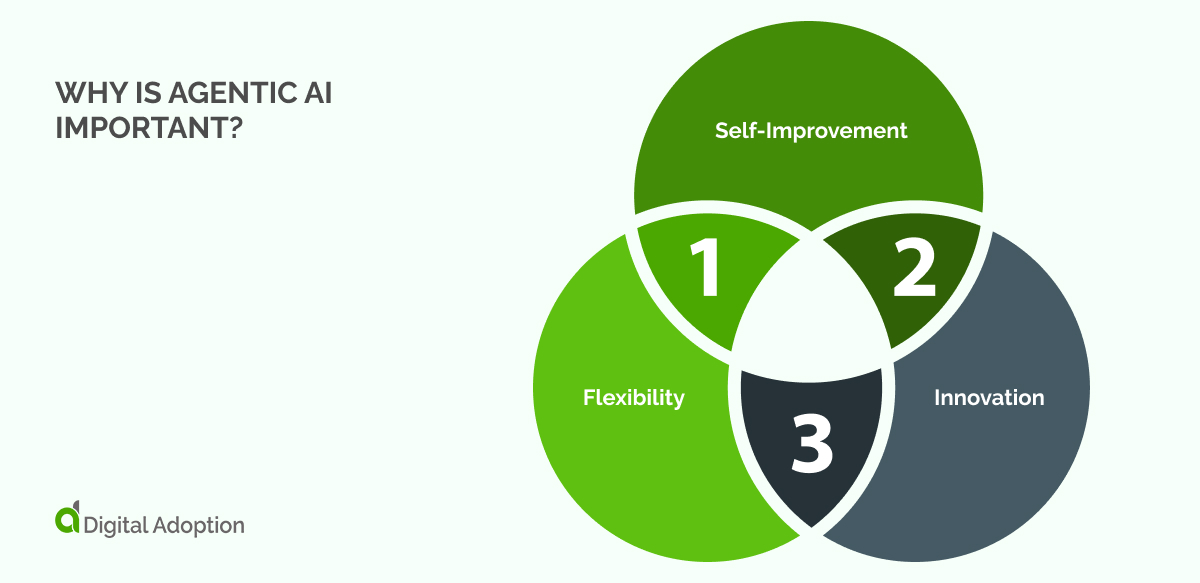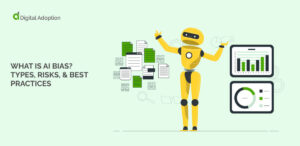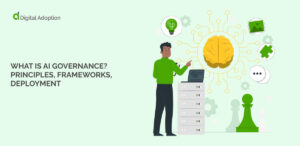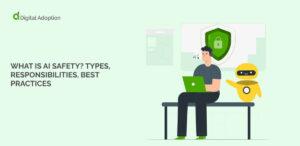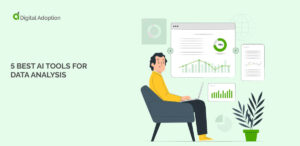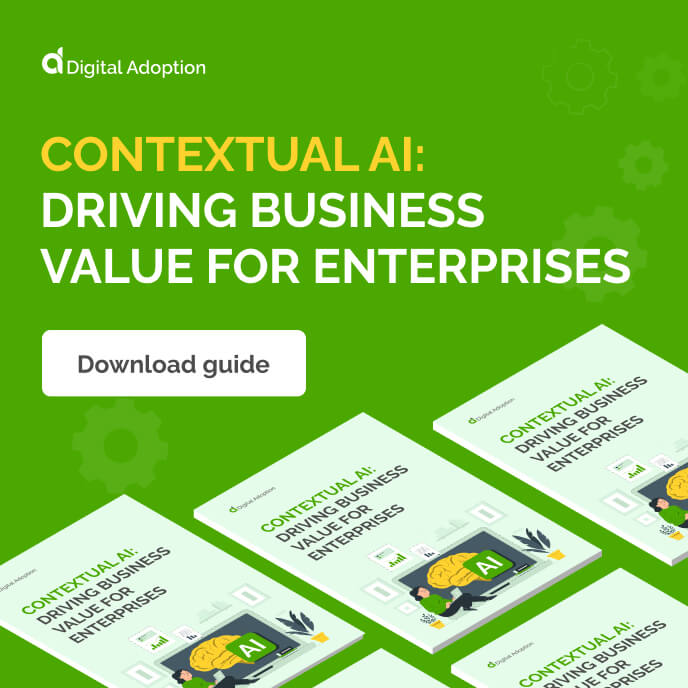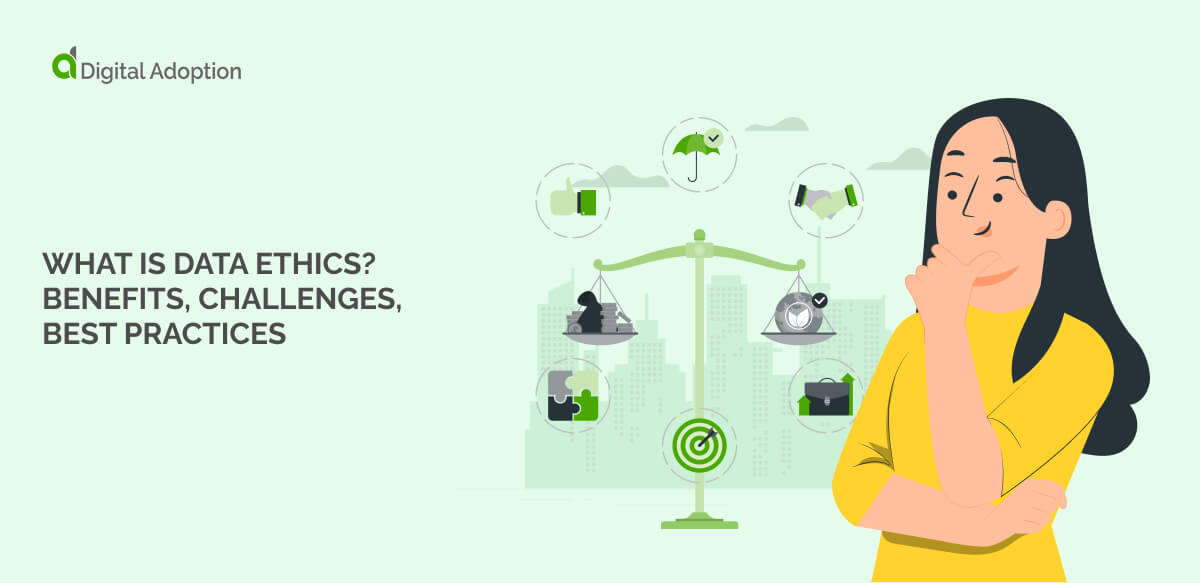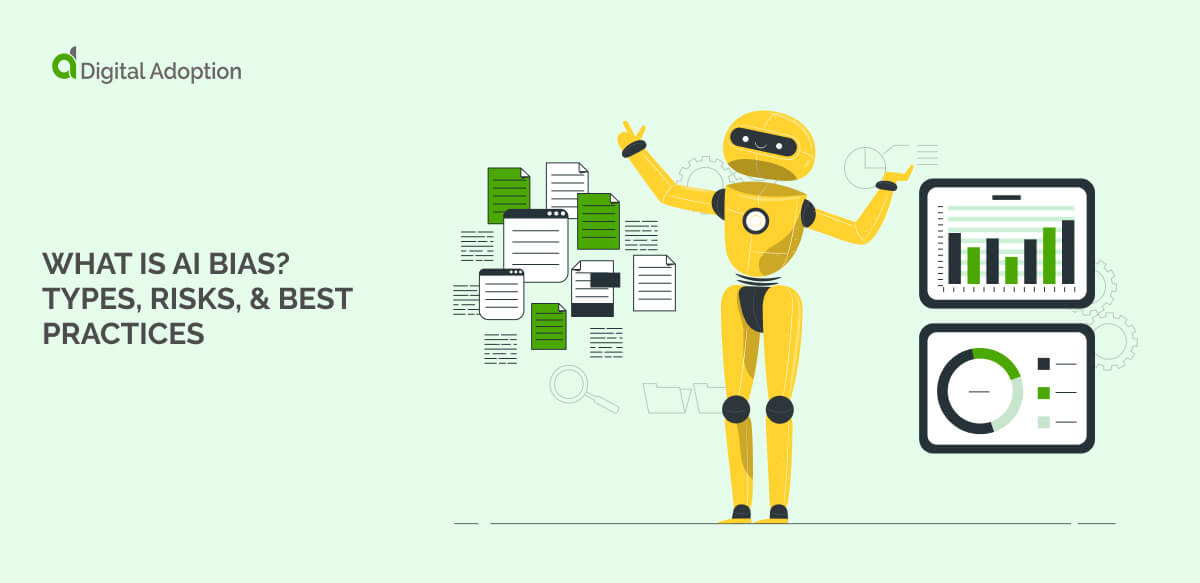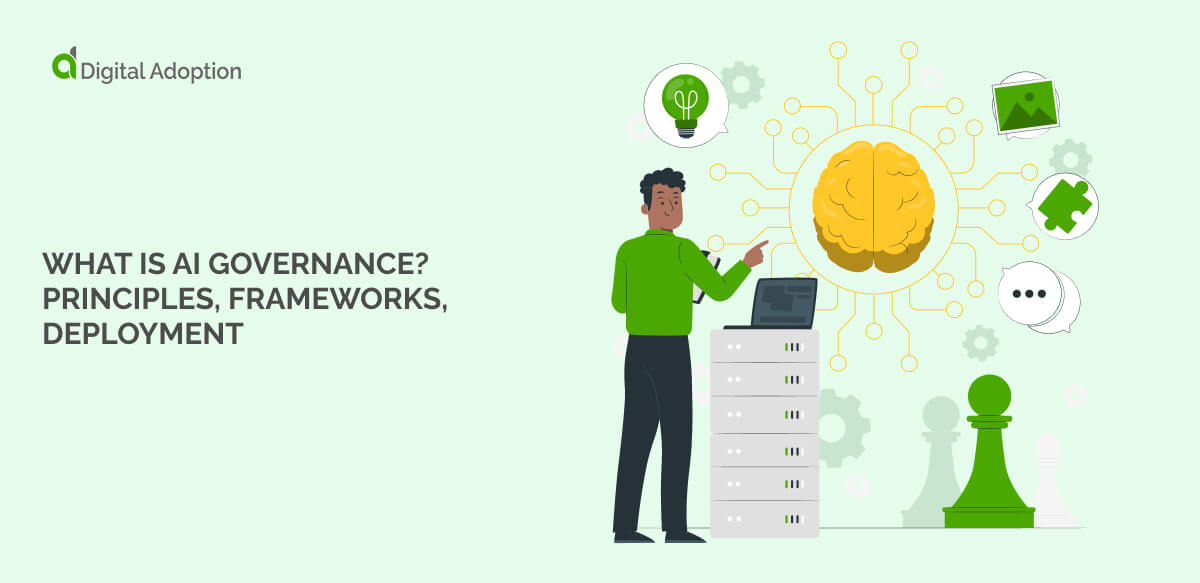Artificial intelligence (AI) has come a long way since the 1950s. Back then, AI systems worked by following fixed rules.
While these rule-based systems were smart, they were limited. Today, we have new types of AI, like generative AI, which use advanced technologies such as large language models (LLMs) and natural language processing (NLP).
Examples include ChatGPT and Google Gemini, which can generate text, images, and more.
Generative AI is impressive, but it’s just the start. Businesses today need tools to boost productivity quickly. This is where Agentic AI comes in.
Agentic AI is designed to work with little to no human oversight. It helps employees work more efficiently by handling complex tasks independently.
This article will explain what agentic AI is, why it’s important, and how to use it effectively.
What is agentic AI?
Agentic AI is a class of AI that operates autonomously with minimal human input.
Unlike traditional AI, which often needs detailed instructions for each task, Agentic AI can make decisions and take actions independently.
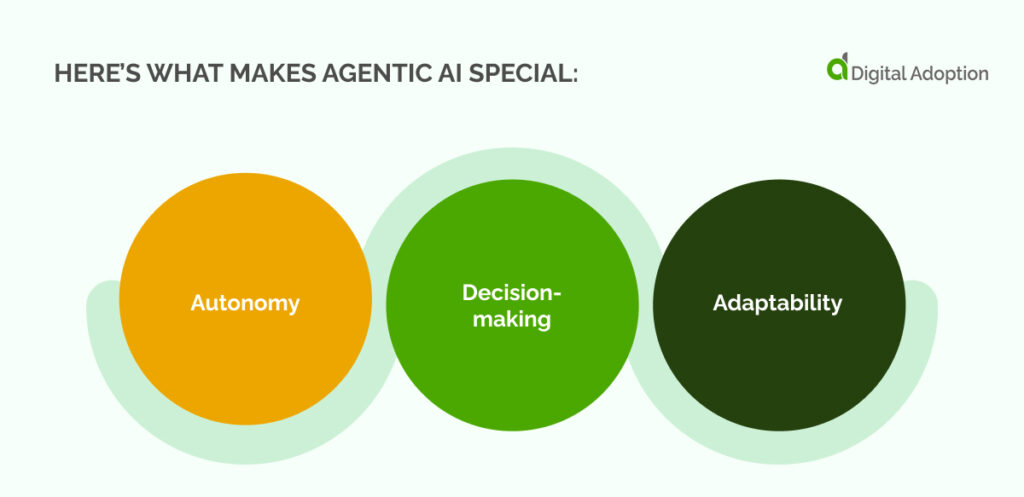
Here’s what makes Agentic AI special:
- Autonomy: It works independently without constant supervision.
- Decision-making: It makes smart decisions and solves problems.
- Adaptability: It learns and improves over time.
Agentic AI uses technologies like machine learning (ML), deep learning (DL), and natural language processing (NLP). These help it understand and respond to complex situations.
For example, it can analyze data trends, make decisions based on that data, and self-improve as needed. Agentic AI can act as an agent, augmenting employees’ actions, such as problem-solving, reasoning, and decision-making.
In enterprise-level firms, multiple agents can be used simultaneously to form a multi-agent network. These independent systems interact and work together to create highly dynamic agentic architecture.
CIO reports that NASA’s Jet Propulsion Laboratory utilizes multiagent systems to keep its clean rooms contaminant-free. This is to ensure that flight hardware intended for other planets remains uncontaminated.
Why is agentic AI important?
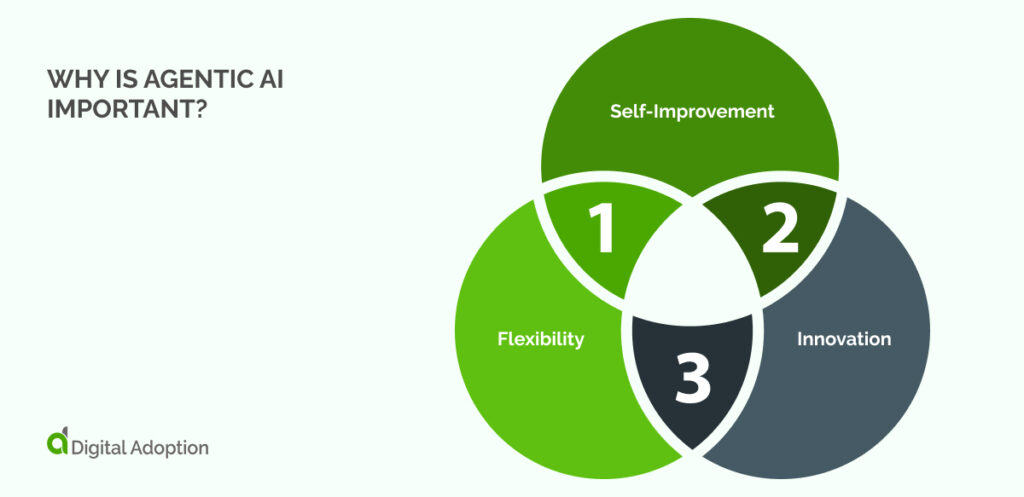
Traditional AI systems often struggle with flexibility. They are good at specific tasks but can’t easily adapt to new challenges.
Agentic AI, on the other hand, is designed to handle changing conditions and complex goals. This makes it a great fit for today’s fast-paced business world.
Here’s why Agentic AI is important:
- Flexibility: It adapts to new situations and requirements.
- Self-Improvement: It gets better over time.
- Innovation: It supports digital transformation with advanced solutions.
Today, businesses need to be flexible and adaptable. Market trends, customer needs, and technology are always changing. To stay ahead, companies need tools that can keep up.
Agentic AI provides this flexibility and intelligence, helping businesses handle complex tasks and adapt to new challenges.
AI is already having a big impact on various industries. From improving customer care to streamlining operations, its effects are noticeable.
Agentic AI takes this further by offering even more sophisticated and autonomous solutions. Its ability to handle complex tasks and adapt to changes makes it a valuable asset for modern businesses.
According to Emergen Research, agentic AI was valued at $30.89 billion in 2024 and is expected to grow at 31.68% annually. This growth shows how valuable and important agentic AI is becoming.
Comparing agentic AI to other AI models
Agentic AI vs. generative AI
Agentic AI and generative AI have different roles.
Generative AI creates new content based on existing data, like text or images. It’s great for tasks that involve creativity or content creation. For example, it can write articles or design graphics.
Agentic AI focuses on decision-making and goal-oriented tasks. It is not just about creating content but managing and outsourcing business processes.
Here’s how they differ:
- Generative AI: Creates new content from data.
- Agentic AI: Manages tasks and makes decisions on its own.
For instance, a generative AI tool might help create marketing materials, while agentic AI could handle customer service or manage network operations.
Each type of AI has its strengths and can be used together in various ways.
Agentic AI vs. LLM chatbots
Large language model (LLM) chatbots and agentic AI are also different.
LLM chatbots are good at understanding and generating human-like text. They are often used in customer service to handle inquiries. However, they usually need human input for more complex tasks.
Agentic AI can handle a wider range of tasks on its own. It goes beyond just talking to users; it can also help you manage processes and make decisions.
Here’s the difference:
- LLM Chatbots: Handle text-based inquiries and conversations.
- Agentic AI: Manages tasks and processes with little human input.
For example, an LLM chatbot or digital assistant might help a customer find information about a product. In contrast, Agentic AI could handle the entire customer service process, from resolving issues to processing returns.
Agentic AI’s ability to work independently makes it useful for more complex business tasks.
Agentic AI use cases
Agentic AI is useful in many areas. Here’s how it can be applied in different fields:
IT teams
IT professionals maintain a company’s technology systems. They fix technical problems, perform system checks, and protect against cybersecurity threats. Agentic AI can improve IT operations by automating routine tasks and making the process more efficient.
Here’s how Agentic AI helps IT teams:
- Network management: Detects and fixes issues in real-time.
- Automation: Handles software updates and hardware maintenance.
- Cybersecurity: Provides advice on security measures and data protection.
Agentic AI automates tasks so IT professionals can focus on more important projects. This boosts productivity and keeps technology running smoothly.
HR teams
Human resources (HR) teams manage various tasks, such as hiring, payroll, and employee benefits, which are crucial for smooth HR operations. Agentic AI can automate many of these functions, making the process faster and more accurate.
Here’s how Agentic AI helps HR teams:
- Onboarding: Automates offer letters and payroll setup.
- Benefits management: Manages employee benefits without manual work.
- Workforce insights: Provides data on workforce trends.
With Agentic AI, HR professionals can streamline tasks and focus on strategic areas like employee development and satisfaction.
Customer service
Handling a large number of customer inquiries can be tough. Agentic AI can improve customer service by handling complex queries and personalizing responses.
Here’s what Agentic AI does for customer service:
- Complex queries: Analyzes issues and gives customized solutions.
- Personalized responses: Uses past interactions to tailor answers.
- Continuous learning: Updates responses based on feedback.
Agentic AI reduces wait times and improves customer satisfaction by taking over these tasks. It also allows human agents to tackle more complex issues.
Fraud monitoring
Detecting fraud is a big challenge for the financial industry. Traditional systems use set rules that might not catch all fraud attempts. Agentic AI offers a dynamic solution by monitoring transactions and adapting to new fraud tactics.
Here’s how Agentic AI helps with fraud monitoring:
- Real-Time Detection: Finds unusual transaction patterns.
- Adaptive Learning: Adjusts to new fraud tactics.
- Immediate Action: Flags or blocks suspicious activities.
This proactive approach helps prevent financial losses and strengthens security.
Diagnostics
In healthcare, accurate diagnostics are crucial. Agentic AI can assist by analyzing large amounts of patient data and providing diagnostic suggestions.
Here’s how Agentic AI benefits diagnostics:
- Data Analysis: Looks through patient data to find patterns.
- Image Analysis: Compares medical images to databases for potential issues.
- Knowledge Update: Incorporates the latest research for accurate suggestions.
Agentic AI helps doctors diagnose more quickly and accurately, improving patient care.
Implementing agentic AI safely and responsibly
Although Agentic AI offers many benefits, it’s important to use it carefully. There are risks, such as losing control, privacy concerns, and biases.
Here’s how to manage these risks:
- Control: Set limits on AI’s autonomy and ensure human oversight.
- Data privacy: Use strong encryption and access controls.
- Bias: Regularly check AI systems to fix any biases.
Let’s discuss the risks of agentic AI in more detail:
First, there’s the risk of losing control. AI systems might make decisions on their own, which can lead to unexpected results if humans are not supervising.
Another risk is data privacy. If sensitive information is not handled correctly, it could lead to privacy issues. Additionally, AI systems can have biases. This can lead to unfair or unethical decisions, especially in hiring or finance.
There should also be ways for humans to step in when needed. Organizations must protect information using strong encryption and controls. Regular checks of AI systems are necessary to find and fix any biases or errors.
Employee training is also important. Workers need to know how to use AI systems effectively. Businesses can make the most of agentic AI by planning carefully and cautiously while reducing potential risks and bias.
Taking a careful approach enables businesses to make the most of agentic AI while reducing risks.
Maximizing the potential of agentic AI in business
Agentic AI is a powerful tool that can help companies to grow and innovate.
However, to use it effectively, companies need more than just excitement. A careful and well-thought-out approach is essential to get the best results.
First, businesses should set clear goals for using AI. By understanding the specific problems they want to solve or the efficiencies they want to improve, companies can better match AI systems to their needs. This clarity will ensure that AI is a helpful tool, not a disruptive one.
Preparing the workforce is also key. Companies should invest in training programs to give employees the skills to work with AI. Creating a culture that embraces change will help teams feel ready and excited to use AI’s potential.
Collaboration between IT, HR, and leadership is crucial. These teams must work together to ensure that AI systems are technically strong and aligned with the company’s values and goals. Regular check-ins and updates will keep these systems effective.
Staying updated on AI developments will help businesses remain competitive. As technology changes, being flexible and ready to adapt will keep companies ahead.
FAQs
What are AI Agentic workflows?
AI agentic workflows are automated processes that operate independently, adapting in real-time to changes in data and conditions. These workflows manage tasks such as inventory control, customer service, or system monitoring without requiring constant human oversight. They enhance efficiency by continuously optimizing processes based on evolving needs.
What is an Agentic application?
An agentic application is a software solution powered by Agentic AI that:
- Autonomously performs tasks
- Makes decisions based on real-time data
- Adapts to changing conditions
- Minimizes human intervention
This type of application minimizes the need for human intervention, enabling it to handle complex tasks efficiently while learning from its interactions and outcomes.
What are Agentic models?
Agentic models are AI frameworks designed to function autonomously. These self-directed systems continuously learn and adapt to meet specific goals without direct human input.
These models can manage complex tasks, make decisions, and adjust strategies based on the data they process and the objectives they aim to achieve.

